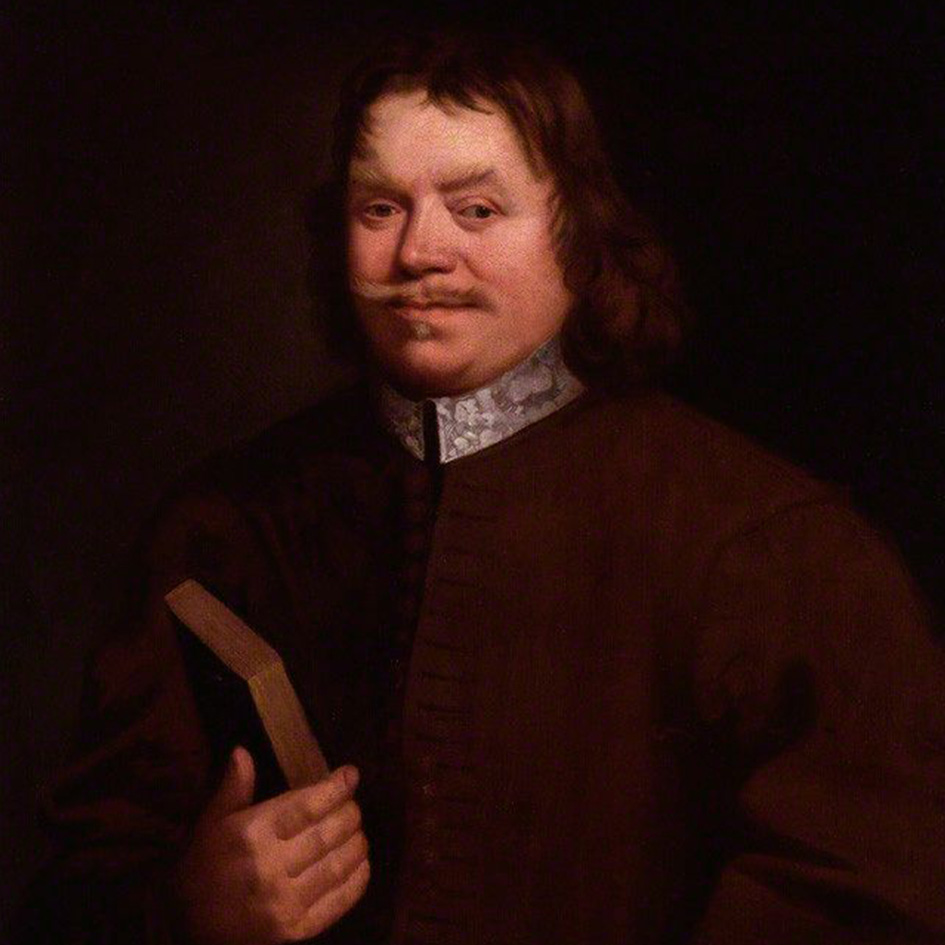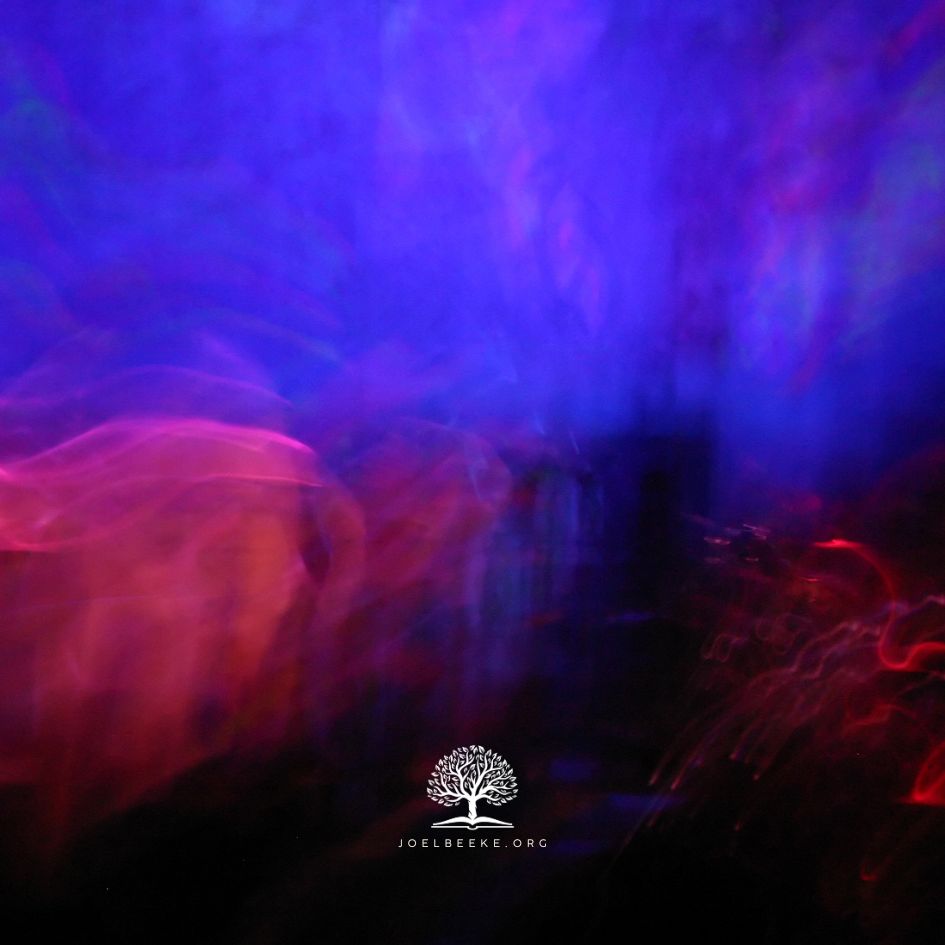
John Owen said of John Bunyan, a powerful preacher and the best known of all the Puritan writers, that he would gladly exchange all his learning for Bunyan’s power of touching men’s hearts. Here is a selection of some of his most enduring and influential writings:
The Works of John Bunyan (BTT; 3 vols., 2,400 pages; 1999). Bunyan was unusual among the Puritans in that he had little formal education. Nevertheless, he read exhaustively, and the Holy Spirit blessed his studies. He became a prolific writer and wrote more than sixty works in sixty years. Many of those have been overshadowed by Pilgrim’s Progress and The Holy War, but they are still worthy of reading. Bunyan’s works are a treasure of scriptural, experiential truth. He was a Spirit-taught theologian who had the gift of interpreting evangelical truth for the masses.
Bunyan was one of the most popular Puritans, no doubt because, while possessing the Word-centeredness and depth of doctrine and experience of other Puritans, he presented truth with warm simplicity. Several publishers have reprinted Bunyan’s individual works. Most recently, SDG has reprinted The Fear of God, in which Bunyan addresses the objects and reasons for fearing God, the various kinds of fear, the character and effects of godly fear, and the privileges and uses of this doctrine. BTT has also reprinted five of Bunyan’s works (The Acceptable Sacrifice, All Loves Excelling, Come and Welcome to Jesus Christ, The Jerusalem Sinner Saved, and Prayer) in the Puritan Paperback Series. GM has reprinted Groans of a Lost Soul, Solomon’s Temple Spiritualized, and Advice to Sufferers, among others.
For those wishing to own the best of what Bunyan has written, the BTT edition of George Offor’s 1854 compilation is the best option. It offers fiftyfive of Bunyan’s works in three volumes. The first volume contains valuable introductions and an eighty-page memoir of Bunyan’s life and times. Volumes 1 and 2 contain his experimental, doctrinal, and practical works, such as Christ a Complete Saviour and The Fear of God. Volume 3 has Bunyan’s allegorical, figurative, and symbolical works, such as The Pilgrim’s Progress, The Holy War, and The Life and Death of Mr. Badman, as well as a compendious index.
Christiana’s Journey; Or, The Pilgrim’s Progress, The Second Part (BP; 150 pages; 1993). This edition contains the text of Christiana’s Journey and seventy-three beautiful full-page oil paintings by Albert Wessels, which especially engage children.
Bunyan may have been motivated to write the second part of Pilgrim’s Progress in which Christiana and other female characters, as well as children, play prominent roles to depict a more subdued way in which the Holy Spirit often works conversion in typical church members. Hence Christiana and her children do not fall into the Slough of Despond nor have such a dramatic experience at the cross as Christian did. Christian and Christiana traverse much of the same ground, which shows the universality of believers’ spiritual experiences, but the section on Christian is more autobiographical while the section on Christiana is more corporate and normative, showing a more typical morphology of conversion.
Grace Abounding to the Chief of Sinners (AP; 243 pages; n.d.). An indispensable source for Bunyan’s early life and conversion, this autobiographical classic chronicles his life from infancy to his imprisonment in 1660. Text on the remainder of Bunyan’s life is supplied by the editor. It provides an open and candid look into his life struggles, showing that God’s grace abounds to even the chief of sinners. Richard Greaves writes, “Although conventional in structure, Grace Abounding transcends contemporary examples of the genre in its depth of psychological experience, its riveting account of Bunyan’s struggle to keep from succumbing to pervasive, numbing despair, and his agonizing wrestling with biblical texts” (Oxford DNB, 8:705).
Grace Abounding was published six times during Bunyan’s lifetime, and has been reprinted scores of times over the centuries. This reprint is taken from the eighth edition.
The Holy War (Reiner; 454 pages; 1974). This allegory, second only to Pilgrim’s Progress, bears the full title of The Holy War, made by King Shaddai upon Diabolus, for the Regaining of the Metropolis of the World; or, the Losing and Taking again of The Town of Mansoul. Reiner’s edition contains the valuable “explanatory, experimental, and practical notes” of George Burder and sixty-eight engravings.
Macauley claims that The Holy War, written after Bunyan’s imprisonment, “would be the best allegory ever written if Pilgrim’s Progress did not exist.” The Holy War is more difficult to read but is also more profound in places than Pilgrim’s Progress partly because it involves several levels of allegory. “Mansoul is not only the soul of each believer and the allegorical personification of Christianity but the symbol of England itself” (Oxford DNB, 8:707). The Holy War contains valuable counsel on how to fight the good fight of faith. It will richly reward the meditative reader.
The Pilgrim’s Progress (Reiner, 1974; BTT, 1983; BP, 1999). This is a moving, allegorical account of spiritual warfare experienced by a wayfaring pilgrim traveling from the City of Destruction to the Celestial City, in which Bunyan allegorizes his own religious experience as a guide for others. “Christian is both pilgrim and warrior, and the message of The Pilgrim’s Progress is not only a call to embrace and persist in the Christian life, but also a summons to battle the forces of evil” (Oxford DNB, 8:705).
Bunyan’s insights into mankind’s desperate plight and God’s redeeming grace make this a legendary classic. Regeneration, faith, repentance, justification, mortification, sanctification, and perseverance are poignantly painted for us in biblical, doctrinal, experiential, and practical detail.
Among the more than two dozen reprints of Bunyan’s classic since 1960, three are worthy of mention. First, an excellent edition of both parts of Pilgrim’s Progress containing the invaluable explanatory notes of Thomas Scott, original marginal notes, and textual support, has been reprinted by Reiner (1974), and is the most helpful edition. It includes a helpful 50-page memoir of Bunyan by Josiah Condor.
Second, Banner of Truth Trust published a deluxe edition in 1983, which includes original marginal notes and references from Scripture, both parts of Pilgrim’s Progress, and a series of sketches by William Strang.
Third, Bunyan Press has issued a handsome, coffee-table volume containing the complete text of Pilgrim’s Progress along with a beautiful collection of more than seventy oil paintings by Albert Wessels. This edition is excellent for helping children grasp the classic story. A number of retellings of Bunyan’s famous story have been printed for children by other publishers.
Excerpt from
Meet the Puritans: With a Guide to Modern Reprints
Joel R. Beeke and Randall J. Pederson







